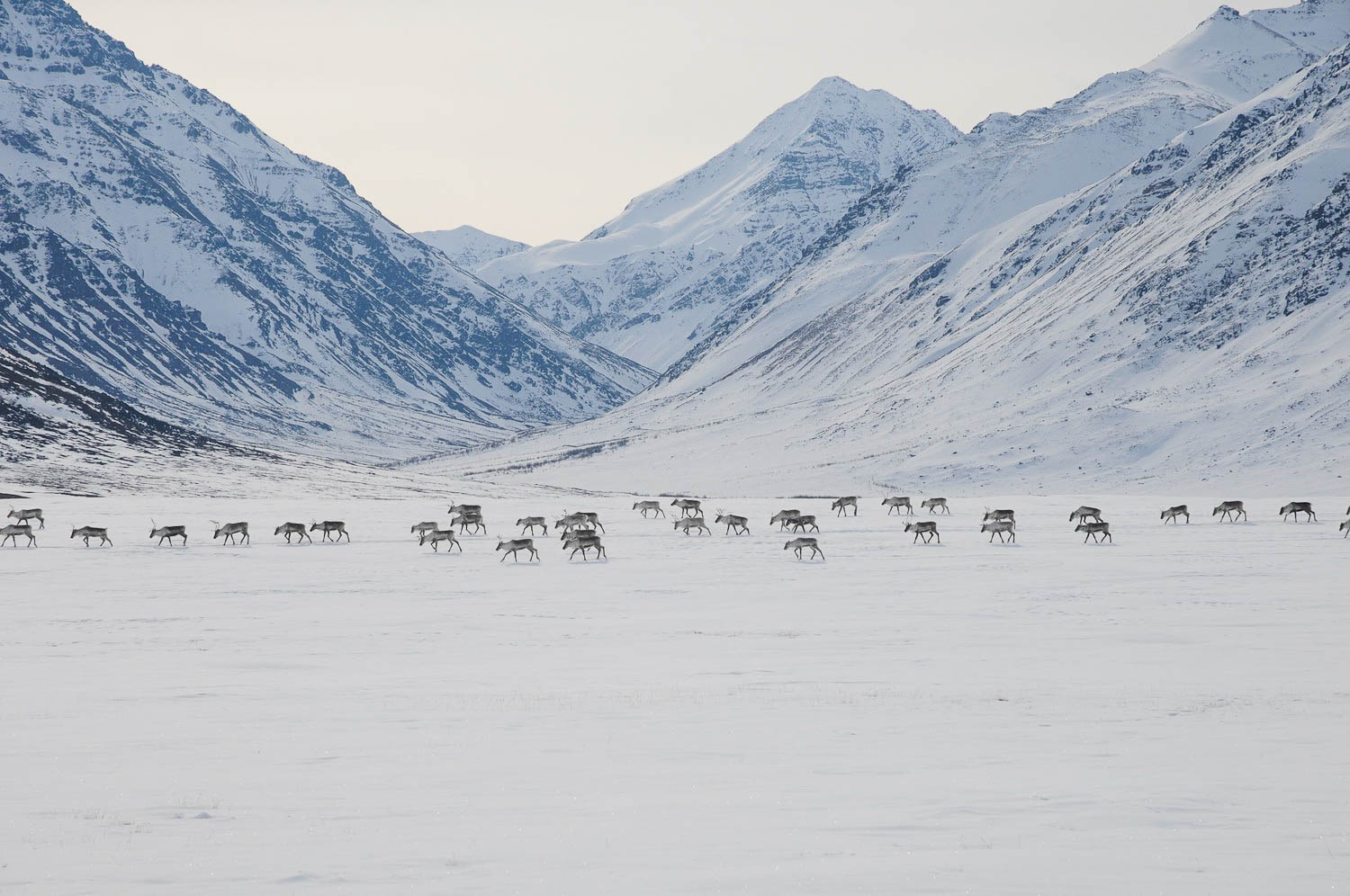Wildlife group sounds alarm over Canada’s declining caribou herds

Devastated caribou herds across northern Canada have sparked a new awareness campaign by World Wildlife Fund-Canada which claims that recent statistics paint a “dire picture” for the future of barren-ground caribou.
In a news release dated Oct. 12, the wildlife organization calls for a moratorium on mineral exploration permits in all regions identified as caribou calving grounds and says it will work with communities to advocate for the protection of those areas.
“While caribou populations naturally rise and fall, the current decline is particularly troubling as caribou face unprecedented threats from climate change and increased industrial development,” the WWF statement said.
“The threats come at a time when herds are at their lowest and show no sign of recovery.”
Population decline is hardest felt on Baffin Island, WFF-Canada says, where caribou numbers declined 98 percent from previous highs: down to roughly 5,000 animals from 235,000 estimated in a 1991 survey.
That steep drop forced the Government of Nunavut to issue an eight-month moratorium on harvesting Baffin caribou in 2014, followed by a modest quota limit that hunters still struggle to fill.
And the Bathurst caribou herd, which straddles both sides of the Northwest Territories and Nunavut boundary, has declined by more than 95 per cent from 1986 estimates of 472,000 animals, the WWF said.
To make matters worse, breeding females within the Bathurst herd has dropped at an annual rate of 23 per cent between 2012 and 2015.
That, combined with the growth in online caribou meat sales from the Kivalliq region, has led some organizations to call for stricter management of Kivalliq herds.
“The decline of barren-ground caribou is one of the greatest wildlife conservation concerns in Canada,” WWF-Canada president and CEO, David Miller, said in a statement.
“Not only is the loss of caribou detrimental to the health of Arctic ecosystems, it is a significant loss to our national heritage and to Indigenous communities, for which caribou play an important role in traditions and livelihoods.”
[My eyes smile again: A caribou hunt up the Kobuk River]
The Nunavut Planning Commission released last June its final draft of the Nunavut Land Use plan, a document which divides up the territory into areas which could be developed and those which should not.
In that plan, the NPC calls for caribou calving grounds to be listed under “protected areas,” which would prohibit industrial development. The plan is still in draft stages and requires a final public hearing to be made official.
The Nunavut Government disagrees with that land use designation and supports “responsible development” within caribou protection areas.
And the Kitikmeot Inuit Association also has some big issues with the land use plan for its interference on Inuit-owned lands.
In its statement, the WWF credits itself for helping to convince the NPC to include calving grounds protection in its land use plan but said that plan is still in its draft stages and could potentially change.
“Though WWF-Canada’s input, the current draft of the Nunavut Land Use Plan prohibits industrial development on core calving grounds, freshwater crossings and key access corridors, as well as seasonal prohibitions on ice-breaking on caribou sea-ice crossings,” WWF-Canada said.
The wildlife conservation body says it will continue to support research that monitors caribou populations and advocate for “responsible harvest management” through harvest reporting programs.
WWF-Canada has recently embarked on an extensive advertising campaign, calling for donations on its website to continue funding “critical” caribou research in the North.